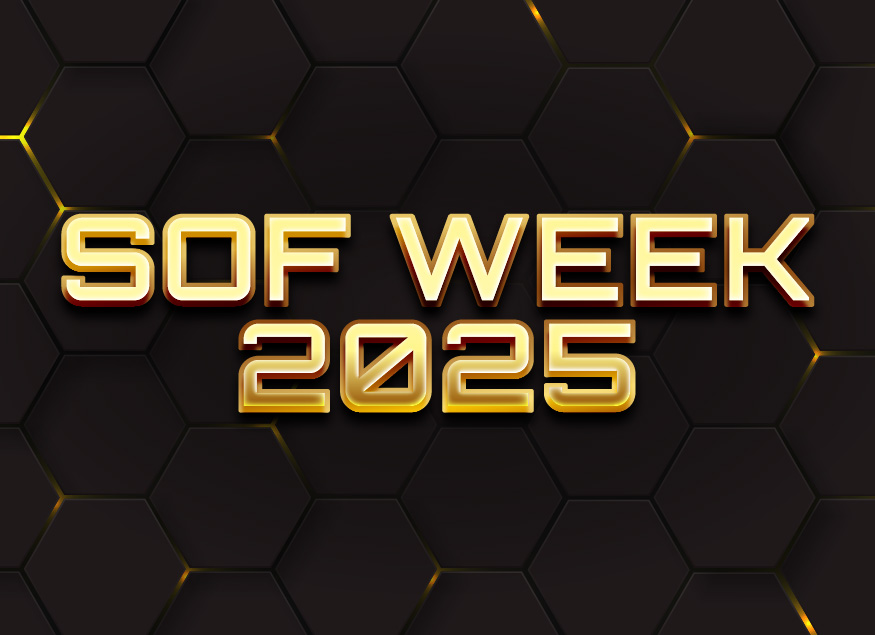Effective defense often relies on operations that are agile, adaptable and focused. Special Operations Forces (SOF) Week 2025 is an international conference for thought leaders, Government representatives and key military decision-makers involved in the Department of Defense (DoD). Jointly hosted by the United States Special Operations Command (SOCOM) and Global SOF, the conference platformed discussions surrounding the improvement of cybersecurity and technology within SOF.
This year, Carahsoft and over fifty of our technology partners attended to showcase solutions in artificial intelligence (AI), cybersecurity and much more, supporting SOCOM and DoD mission objectives.
The SOF Week conference featured five key themes for attendees to learn about.
Leveraging Artificial Intelligence to Achieve SOF Objectives
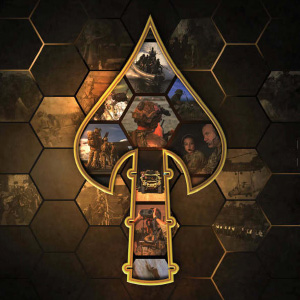
One of SOCOM’s innovation priorities is to onboard products that have AI integrations, uncrewed and autonomous systems, power computing and quantum capabilities. In the session “Keynote Address: U.S. Special Operations Command Team,” speakers General Bryan P. Fenton, Commander of USSOCOM and the Command Sergeant Major Shane Shorter, Senior Enlisted Leader of the USSOCOM, discussed optimizing the computing power of adapted technology to maintain pace with adversaries. By providing the needed tools, SOCOM can help reduce the cognitive load placed on personnel.
In the session “PEO Overview: Tactical Information Systems,” speaker Chad Skiendsiel, the PM for Transport Systems, PEO TiS, requested multiple AI capabilities that would be useful to SOCOM operations. These are:
- Automation of data and containerization
- Software infrastructure that enables more containerization of data and configuration.
- Commercial solutions that can enable classified data computing as well as compute power out to the edge
- Embedded computing that can be attached to the warfighter to achieve better situational awareness
In the session “Fireside Chat: AI Innovation and Integration in National Security,” speaker Akash Jain, CTO of Palantir discussed SOF’s efforts to implement AI into SOCOM operations. One key area that requires special attention is AI integration into legacy systems, many of which have existed for years and cannot easily have AI added to enhance the work SOF does. This is why vendors with solutions, such as Hewlett Packard Enterprise, can be utilized to integrate AI into existing infrastructure.
Bolstering Cybersecurity in SOCOM Operations
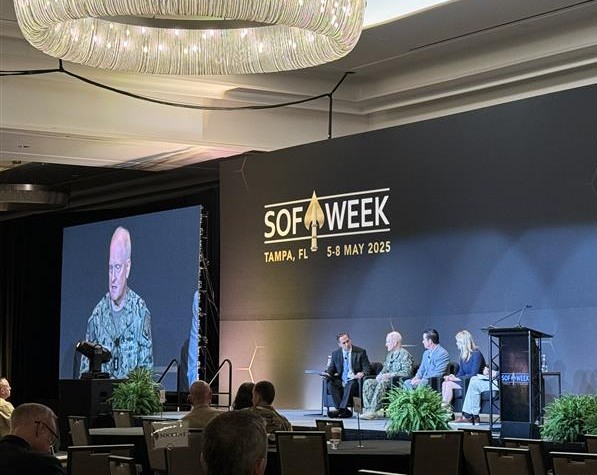
One of the key themes present in SOCOM’s evolving cybersecurity efforts is the adoption of a Zero Trust architecture, particularly within the Enterprise Information Systems directorate. It is referenced across multiple capability areas as essential to aligning with broader DoD cybersecurity mandates. To advance this strategy, SOCOM is actively engaging with industry and conducting assessments to define mission-driven requirements. Technology experts such as Dell Technologies, Red Hat and VMware are constantly working to be at the forefront of Zero Trust efforts.
Following this focus, the Professional Employer Organizations (PEO) is implementing cybersecurity initiatives in its contracting services. All solicitations will include cyber discipline and hygiene requirements, supply chain risk management and cybersecurity risk management requirements. Across the portfolio within SOCOM, post-quantum encryption is being looked at as the future strategy for cyber and will continue to develop as time goes on. The PEO SOF Digital Applications (SDA) also notes that CISA’s Software Bill of Materials (SBOMs) will continue to be added to its cybersecurity pipeline to ensure software is open and honest. These initiatives work to fortify existing and future cyber structures to protect the effectiveness of missions and the safety of personnel.
As supply chains, SOF and the Defense Industrial Base (DIB) continue to be under threat from adversarial cyber-attacks, PEO Services continue working to fully implement CMMC guidelines in their procedures. For unclassified solicitations, SOCOM will implement CMMC Level One, while any classified solicitations will be level two or higher.
Industry Partnerships to Meet Demand
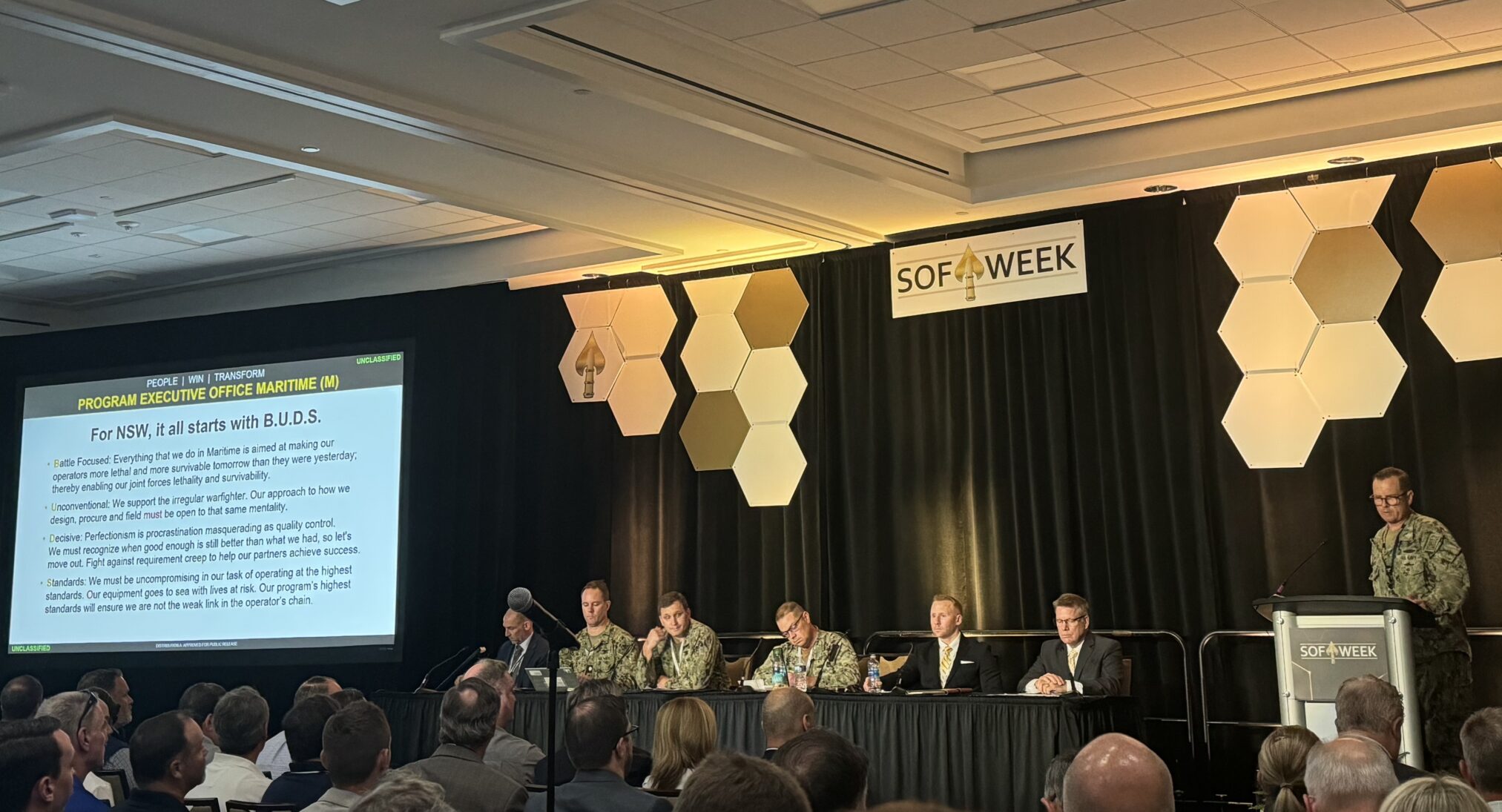
In the session “Keynote Address: U.S. Special Operations Command Team,” Major General Bryan P. Fenton heavily emphasized that partnerships are key to meeting industry needs. While SOF is maintaining pace with current requirements, to stay ahead in the future, SOCOM must look to industry partners for their specialty and assistance.
One such category of offerings is autonomous, unmanned systems promote efficiency by saving time on menial, repetitive tasks. SOCOM is looking to implement dual-usage, capable autonomous products, such as self-driving cars, drones and robots. Modeled after the Private Sector’s success with unmanned systems, SOCOM agencies aim to evolve at the same speed. To enact this, all onboarded unmanned systems must be interchangeable, adaptable and successful within any region of the world to meet mission requirements.
The Importance of a Modular Open Systems Approach (MOSA)

For the military, multi-domain connectivity is the way forward. Military agencies are focusing on modular open-mission systems that can be interoperable, as they are the key to staying ahead of future conflicts. Depending on industry trends and the latest in cybersecurity, equipment may need to be changed on the fly. Some technologies will need to be found preemptively; in these scenarios, industry experts can provide assistance.
In the session “PEO Overview: SOF Digital Applications session,” Modular Open Systems Approach (MOSA) was noted by every program manager as a solution. This approach is desired as it allows systems and products to remain agile when new software is added.
MOSA consists of three main components:
- Infrastructure and Deployment: Hybrid deployment of cloud, multi-vendor capabilities, Open-source technologies and COTS integration
- Data Centricity & Interoperability: Messaging & EDA, Black Box interfaces, Ontology Support, preferences on containerization and VMs
- AI Implementation & Sustainment: Low-cost and remotely maintainable solutions, lifecycle management and updates, AI support for LLMs and at the edge and adaptability on mission needs
By enabling agencies within SOCOM to implement software updates, MOSA promotes interoperability and the speedy onboarding of key technologies.
Humans Over Hardware
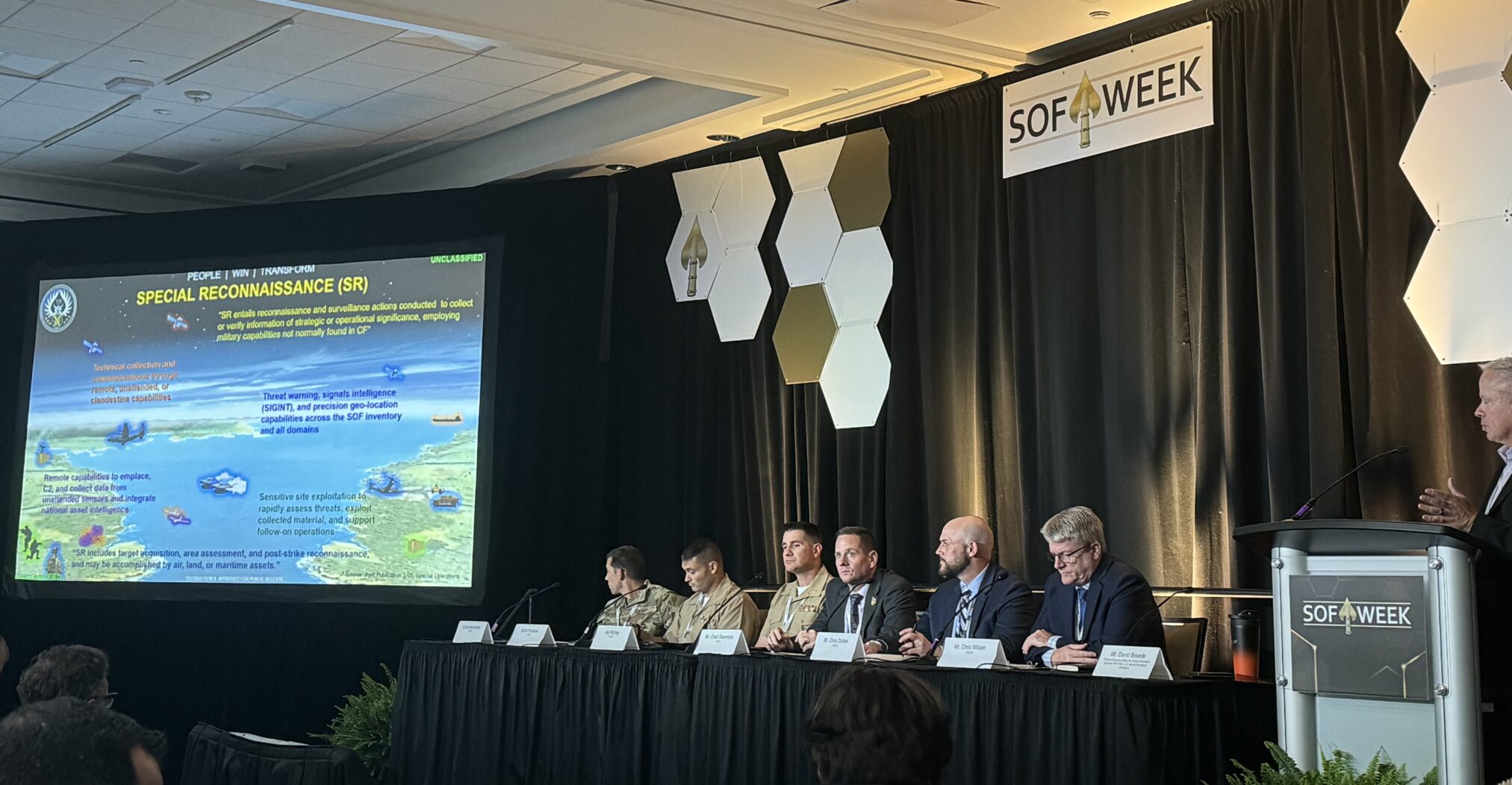
While technology is vital to SOCOM Operations, humans are the backbone of the agency. In the session “Keynote Address: US Secretary of Defense,” Secretary of Defense Pete Hegseth spoke on the three pillars for success within the DoD and how SOCOM can reiterate and emphasize them. Among these three, the warrior ethos is targeted with the slogan, “humans are more important than hardware.” Secretary of Defense Pete Hegseth, USSOCOM Commander General Fenton, and the Chairman of the JCOS Dan Caine all echoed this point that warfighters are the most important aspect within SOF. Any person that meets warfighter standards can serve, and all purchases and developments should center the safety and wellbeing of the warfighter in mind.
Through the collaboration between people and technology, SOF is able to work securely, quickly and smoothly. With top cybersecurity, automation integrations and industry partnerships, SOCOM continues to fulfill DoD mission objectives and keep personnel safe.
To learn more about technologies featured at SOF Week, visit Carahsoft’s defense portfolio.




